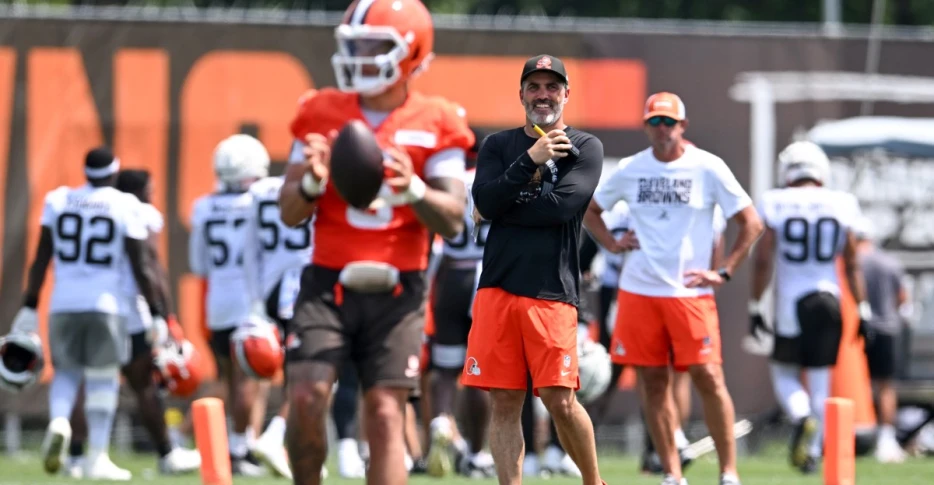
 Dawgs By Nature
Dawgs By Nature
When you are Patrick Mahomes, Lamar Jackson, Josh Allen, Joe Burrow and the rest of the elite quarterbacks in the NFL, you can get away with a lot and still be successful on offense. For every team with a quarterback outside of that elite tier, and still with those inside of it, value comes from understanding what works and doesn’t work.
That will be true for the Cleveland Browns on Friday night with QB Shedeur Sanders and it will be true in Week 1 with whoever is the starting quarterback, likely Joe Flacco.
With a return to HC Kevin Stefanski’s offense this season, the team needs to do everything it can to take advantage of ways to succeed in the margins. As we’ve noted in previous seasons, the use of motion is vital for success for most offenses.
Data from the last few seasons shows the huge difference in Expected Points Added (EPA) when a play action fake (regardless of the success of the actual run game) and motion are added to passing plays. EPA is defined this way:
Say the Chiefs start with the ball first-and-10 from their 25-yard line, where its expected points would be about 1.06. If Patrick Mahomes throws a 15-yard completion, making it first-and-10 on the KC 40-yard line, where the expected points is now 1.88, the EPA of that play would be 1.88 – 1.06 or 0.82. In other words, that completion increased the Chiefs’ expected points on that drive by just over three-fourths of a point. If Mahomes was sacked for a 10-yard loss instead of the completion, making it second-and-20 from their own 15, the new expected points would be about -0.54 and the EPA for that play would be -0.54 – 1.06 or -1.6. This means the sack decreased the amount of points the Chiefs were expected to score on that drive by 1.6 points.
So, how much do play-action fakes and motion impact a play? 1.3 points, according to EPA:
As noted, the play-action fake is the bigger of the two factors in success, but when combined with motion, teams see an even bigger improvement in success rates.